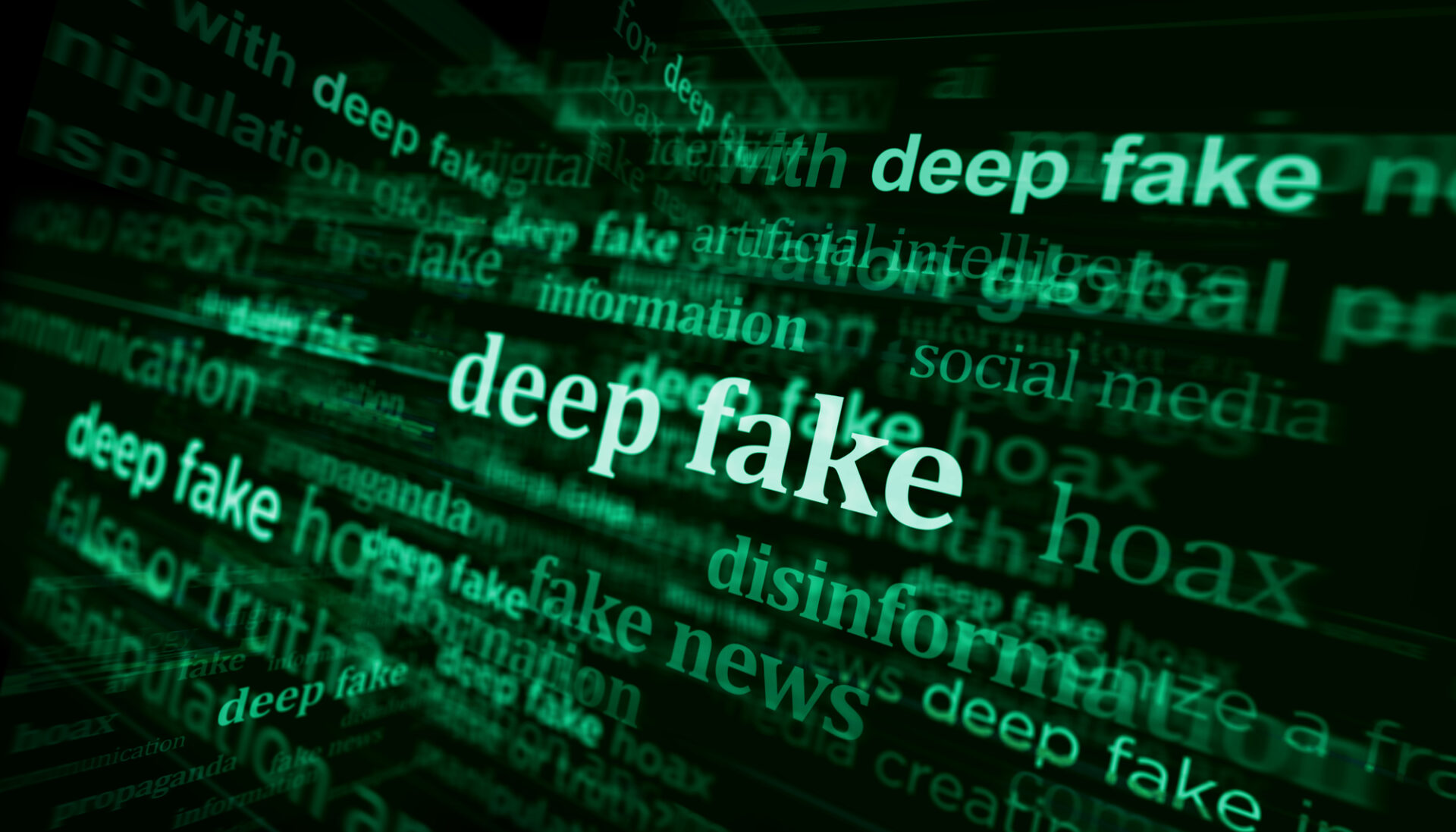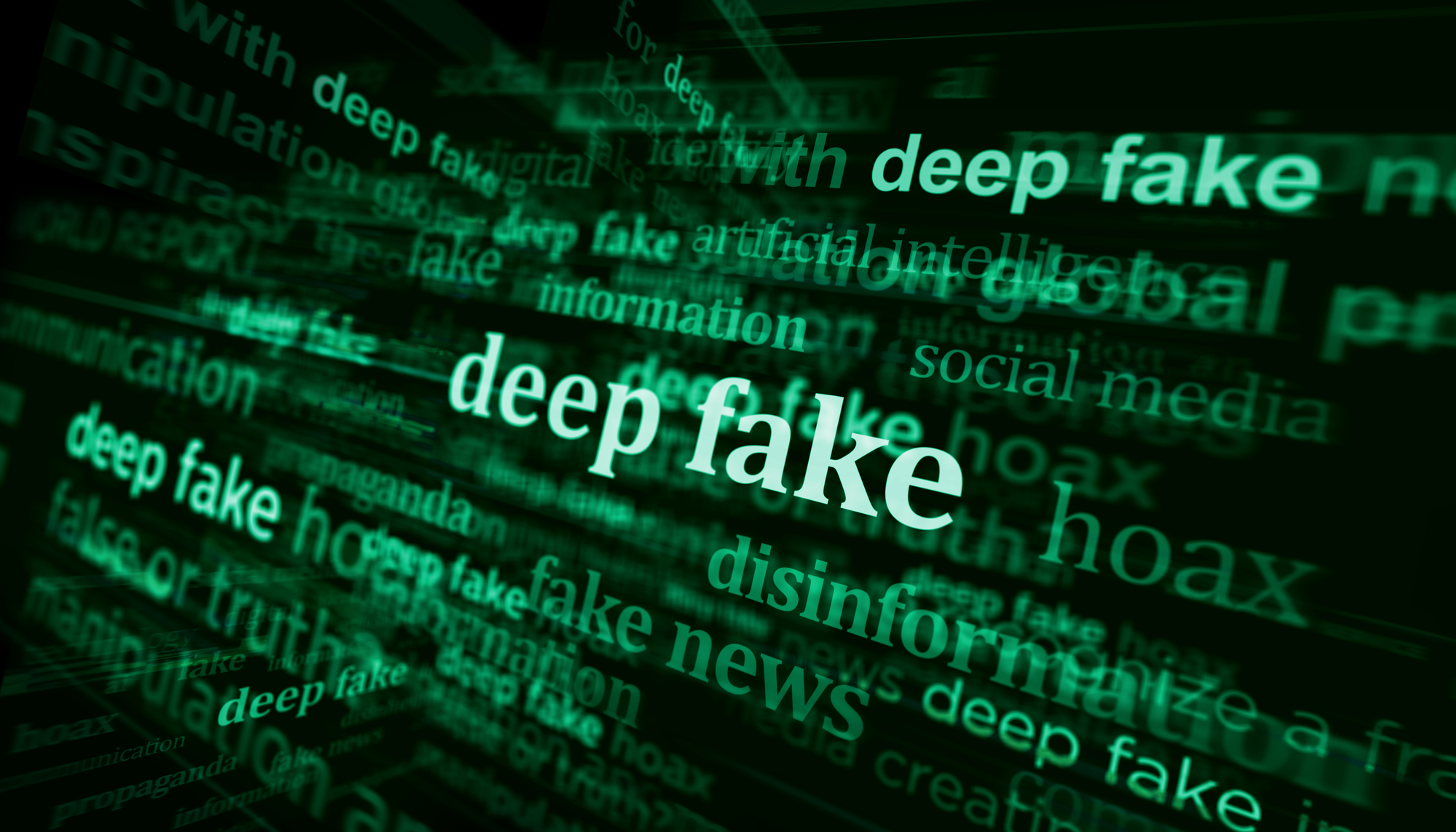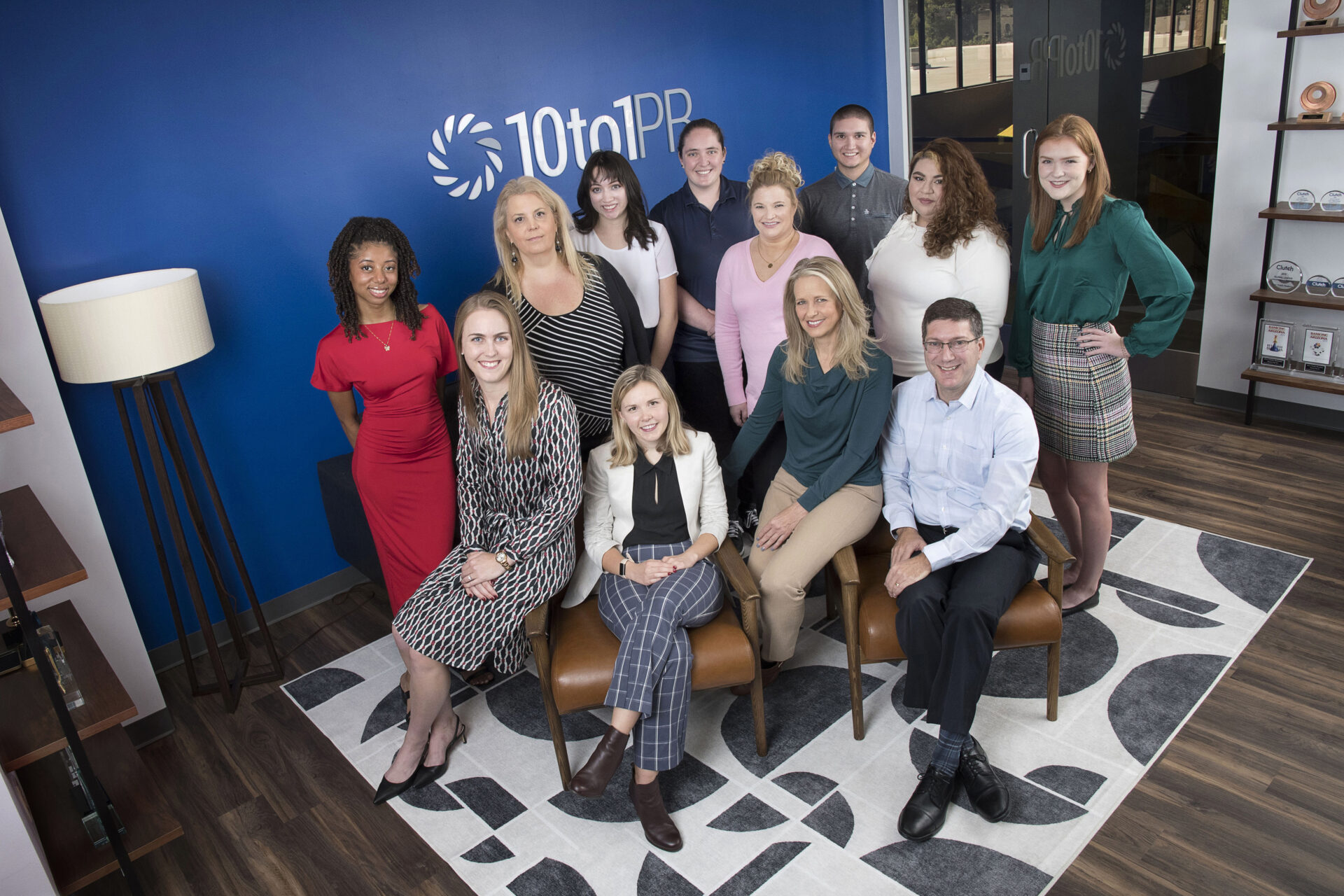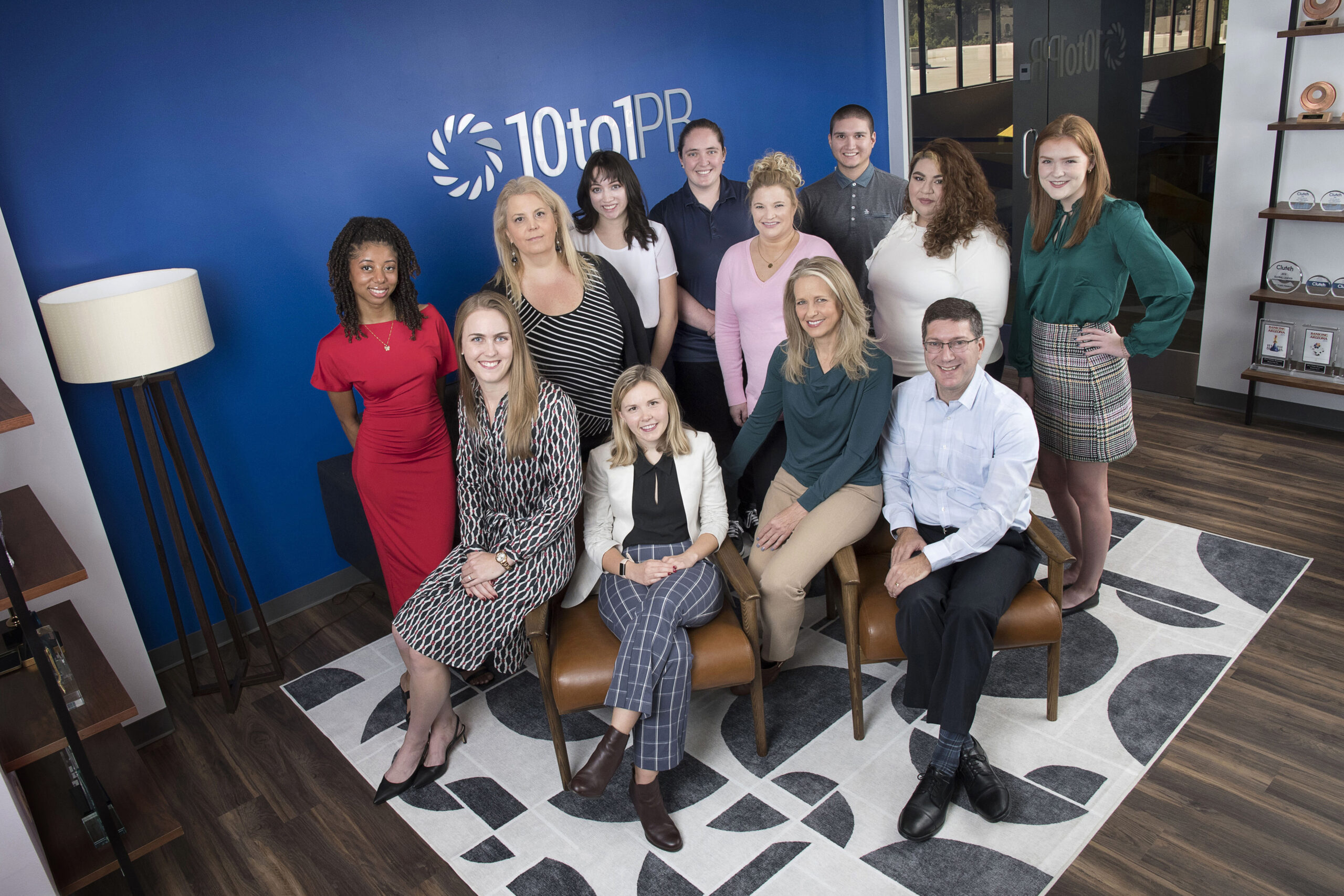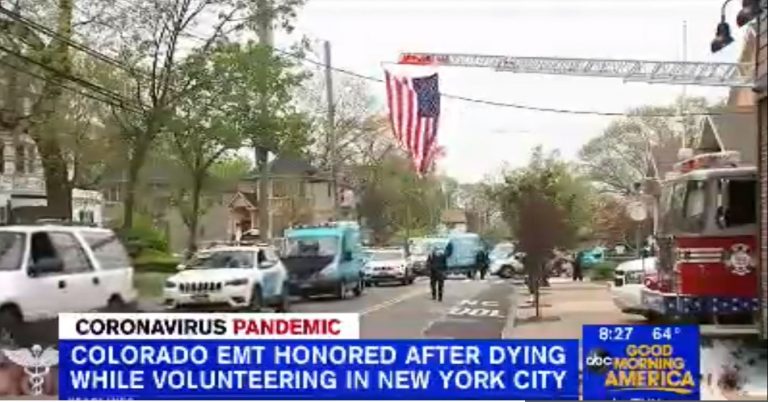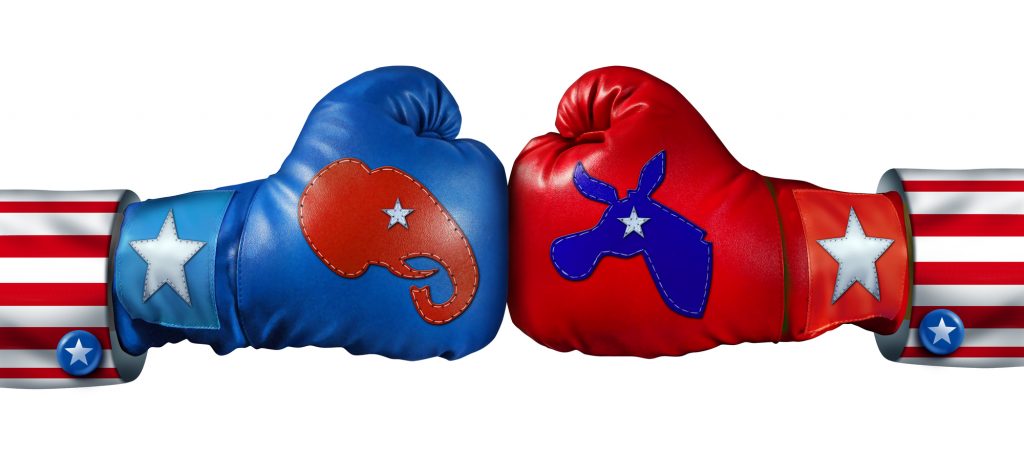How to prepare employees for a deepfake attack
On April 28, 2020 my PR firm signed a new client, Ambulnz, a national ambulance services provider at the time with 1,000 employees in 8 U.S. States and operations in the United Kingdom (they’ve grown rapidly this year expanding their services and geography that ultimately led to them going public, but that’s a success story for another time). I’d been chatting with them for a while, and normally I’d be very excited to get the contract signed. Instead, their reason to sign when they did brought back emotions and memories of the toughest work week of my life back in 2004. Here’s why.
Incoming Crisis
You may remember when COVID-19 was first becoming a reality in the U.S., New York City was particularly hard hit making it the pandemic focal point of the nation. Ambulnz had deployed more than 70 employees to New York City to be part of the company’s FEMA COVID-19 response to help New York City’s overwhelmed EMS and healthcare system. Those deployed had volunteered from its operations across the U.S. such as Los Angeles, Tennessee, and Colorado.
One of their deployed Colorado paramedics, Paul Cary, was in the hospital with COVID-19 contracted after transporting New York patients. Doctors said the prognosis looked grim. Expecting the worst, they knew they needed experienced PR guidance. They also needed someone to become the sole primary point of contact for media on behalf of the company, as well as the family, throughout the crisis if Paul did in fact succumb.
Some quick background for those who don’t know: before launching 10 to 1 Public Relations, I worked in-house leading PR efforts for statewide and national EMS (emergency medical services) companies for several years. The first time I led media relations efforts for a Line of Duty Death (LODD) was in 2004 in the Phoenix area. That experience literally changed my professional career, teaching me the importance of controlling the flow of information and giving me the confidence that I could handle any crisis and that PR was truly my career calling.
So here I was again, 16-years later. My team quickly engaged, working with the Ambulnz team we began preparing for the worst. Unfortunately, two days later, paramedic Paul Cary died from COVID-19 in a New York City hospital.
Facing Unique Challenges
Any LODD is horrible, but logistically this one was unique. Usually the community outpouring and media interest is limited to a single media market. Living and working in Colorado for more than 30 years, Cary’s Denver community was mourning. With his death occurring in New York City while he came to the City’s aid, New York City was equally mourning. New York City being the largest media market in the U.S. alone can be overwhelming to a media relations department during a crisis but now we were focused on two locations 1750 miles from one another.
Add on top of that, this marked the first death of a volunteer federal responder to New York’s COVID response effort, which created national media interest. National media, New York City media, and Denver-area media. All at the same time, from different time zones. Three because it wasn’t only Denver and New York, but media was also being coordinated from Arizona where my team is located.
Another challenge: We had never actually met any member of the Ambulnz team before, only a few phone calls with two or three people, so we needed help identifying the right contacts within the organization to get whatever we might need.
The final challenge was we had to do everything remotely because of social distancing. Flying our team into one of the cities to assist on the ground just was not doable.
In the end, over a 4-day period of 15+ hour days, I think that week was one of the most professionally and personally gratifying work experiences I can recall.
Enacting the Crisis Public Relations Plan
Ultimately there were more than 750 news stories in four days. We coordinated interviews and worked with reporters from some of the country’s most recognized national media outlets like CBS This Morning, Good Morning America, CNN, Fox News, the New York Times, and the Washington Post. We coordinated interviews and worked with local print reporters and TV affiliates in New York City and Denver like the Denver Post, the New York Daily News, WABC, WNBC, Denver7 and KUSA. And we did so quickly and equally, regardless of the media outlet’s size so that every reporter felt like they got our full attention.
Developments that led to a lot of the media interest included public statements from the Governors of New York and Colorado, as well as the Mayors of Aurora, Denver, and New York City. The biggest surprise to me came from the Mayor of New York City when during a press conference surprised us all to say that a monument would be built in Paul’s honor recognizing his sacrifice and all the healthcare workers that came from out of state to help the city when it was needed most.
The New York City Fire Department helped coordinate a massive funeral procession of emergency vehicles, only to have that effort matched in Denver with a 160-vehicle procession. Both the Newark and Denver Airports allowed bagpipes and full honors as the casket was loaded and unloaded from the plane, and both airports saluted the flight with water cannons as it taxied to and from the gate.
These efforts, and participation by other agencies and officials, made a huge impact on other first responders and healthcare workers as well. I’m proud that we had the opportunity to successfully help share it with the public through the media.
Full Circle
My pride extends beyond our media efforts. We also coordinated all the public statements, employee outreach, coordinated with the family to generate and share their public statements, and also assisted with the planning of the public events as Paul’s body returned to Denver that Sunday night.
To think of what was accomplished so quickly, I can’t help but think of how many people contributed to the efforts to share Paul’s story with so many. I’m overwhelmed with gratitude towards the many local PR pros that stepped up to help in Denver and New York since I couldn’t be there personally on the ground to do it myself. I cherish the kind notes from media folk and other agencies for how we performed, and for the quality of the communications we shared.
Throughout this whole experience, there’s been one more emotional tie-in that has taken me back to my first LODD. The date Ambulnz called me to hire us and seek our help regarding the LODD was 16 years to the day of Tammy Mundell’s death, the first LODD I worked which solidified my career path. With that first experience in mind constantly through the week, I was able to lead my team with a solid plan and deliver the results our client was looking for.
Thank you to first responders
My team and I would like to thank our country’s first responders serving on the front lines of the coronavirus pandemic. We have immense gratitude for the work that you do every day to help those in need and keep our communities safe. Thanks to you and your families, from the bottom of our hearts.
Finally, I hope that my recap doesn’t come across as self-serving. I actually wrote this nearly a year ago for myself, but never published it. A year later, as we approach the last week of April and these solemn anniversaries, I keep thinking about how it impacted me personally so I thought it worthy of sharing, now.
Rest in peace, Paul Cary. Rest in peace, Tammy Mundell.


